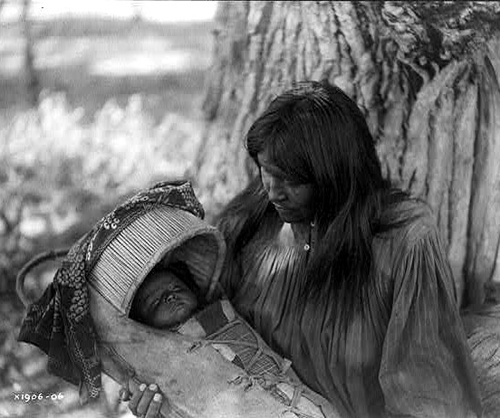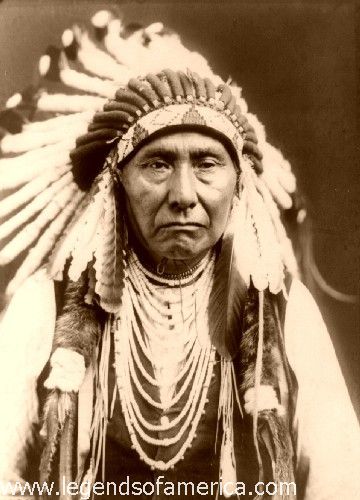This article is a comparative analysis of selected Native American reservations of the 1970s, 1980s, and 1990s identifying gambling as an economic development strategy of the 1990s. The article "Native American Economic Development on Selected Reservations: A Comparative Analysis" by David L. Vinje describes the extreme importance of gambling as an economic activity on reservations "providing a much needed source of reservation projects encompassing improved housing, educational scholarships, medical clinics, repurchase of reservation land held by non-Indians and the establishment of industrial parks for new business opportunities."
This continues to provide numbers about the number of Native American family's incomes were considered below the poverty level in the three decades discussed.
"The poverty standard for the 1970 Census was $3,743 for a non-farm family of four. Using this standard, the median number of these families below the poverty line, following the decade of the 1960s, was 52.2 percent for the twenty-three reservations under discussion. The same measurement for all Native Americans, rural and urban, for 1970 was 33.3 percent, reflecting the relatively economically isolated location of the larger reservations...The poverty rate dropped from 52.2 percent in 1970 to a rate of 44.1 percent by 1980. Responding to the increased prospects for jobs and income, the rate of labor participation, as a percent of total population 16 years and older, increased from 41.3 percent to 66.8 percent by 1980...By 1990, the Reagan/Bush era, combined with the collapse of the natural resource markets, left many of the reservations under discussion here worse off than they were at the end of the 1970s. Overall, for the twenty-three reservations covered, the median number of families below the poverty level had increased to 48.8 percent by 1990 compared to a figure of 44.1 percent as of 1980."
These numbers show an astonishingly high level of poverty among reservations indicating that the segregation of Native Americans onto reservations has negativing impacted their economic condition and by limiting the Native Americans ability to make money of of gambling, would likely send the Native American people into an economic depression.
http://links.jstor.org/sici?sici=0002-9246%28199610%2955%3A4%3C427%3ANAEDOS%3E2.0.CO%3B2-Z
Subscribe to:
Post Comments (Atom)


No comments:
Post a Comment